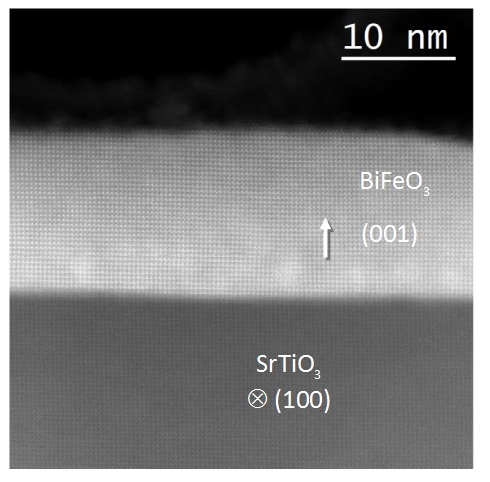ALD
Atomic Layer Deposition
Growth & Synthesis Installation 2
ALD is similar to CVD except that the ALD reaction occurs at lower temperature and it is broken into two half-reactions, keeping the precursor materials separated during the reaction. The separation of the precursors is important to achieve a self-limiting surface reaction to enable precise thickness control and ensure uniform coatings and compactness even in complicated 3D structures.
ALD has a rich history in microelectronics. It is studied as a potential technique to deposit high-k (high permittivity) gate oxides, high-k memory capacitor dielectrics, ferroelectrics, and metals and nitrides for electrodes and interconnects. The motivation for high-k oxides comes from the problem of high tunnelling currents through the currently used SiO2 MOSFET gate dielectric when it is downscaled to a thickness of 1,0 nm and below. With the high-k oxide, a thicker gate dielectric can be made for the required capacitance density, thus the tunnelling current can be reduced through the structure.
Importantly, the number of materials that can be prepared by ALD has tremendously increased in the past decade and noble metals, ternary oxides, metal fluorides, nitrides, selenides and inorganic-organic hybrid materials are already introduced opening up new opportunities for numerous industrial applications.
WARNING: Access to CNRS temporarily not available, but the technique is available at the other sites

Picosun Sunale R-100 (608)
ALD Savannah-100
ALD - Fiji
Picosun R200 ALD @ Laboratory for Micro- and Nanotechnology
ALD Savannah-200

